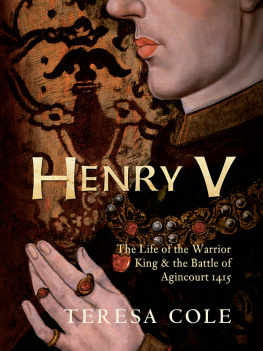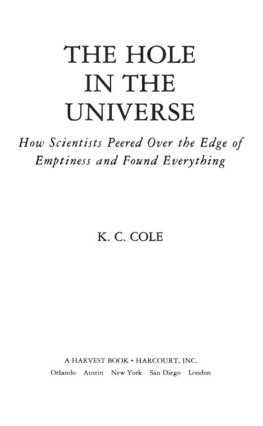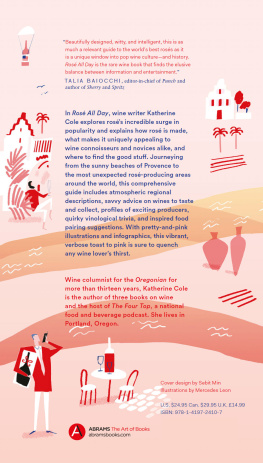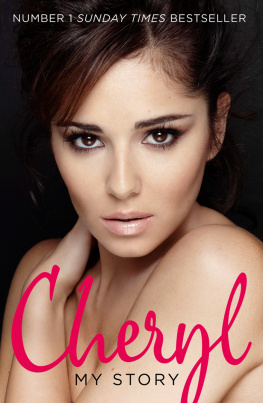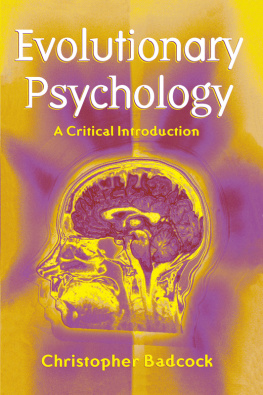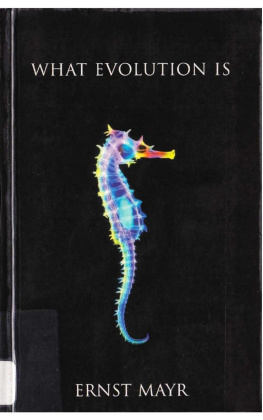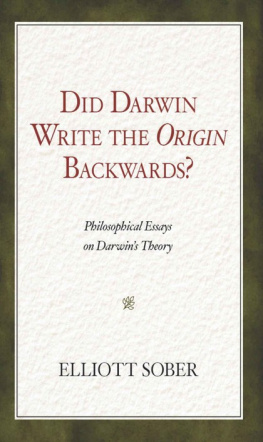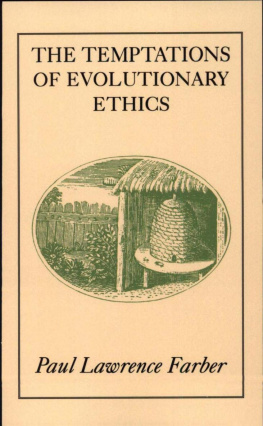Titian and Venetian Painting, 1450-1590
Books by Bruce Cole
TITIAN AND VENETIAN PAINTING, 1450-1590
PIERO DELLA FRANCESCA: TRADITION AND INNOVATION IN RENAISSANCE ART
ITALIAN ART, 1250-1550
THE RENAISSANCE ARTIST AT WORK
SIENESE PAINTING FROM ITS ORIGINS TO THE FIFTEENTH CENTURY
SIENESE PAINTING IN THE AGE OF THE RENAISSANCE
MASACCIO AND THE ART OF EARLY RENAISSANCE FLORENCE
GIOTTO AND FLORENTINE PAINTING, 1280-1375
AGNOLO GADDI
ART OF THE WESTERN WORLD (COAUTHORED)
GIOTTO: THE SCROVEGNI CHAPEL, PADUA
STUDIES IN THE HISTORY OF ITALIAN ART, 1250-1550
Titian and Venetian Painting, 14501590
Bruce Cole
First published 1999 by Westview Press
Published 2018 by Routledge
711 Third Avenue, New York, NY 10017, USA
2 Park Square, Milton Park, Abingdon, Oxon OX14 4RN
Routledge is an imprint of the Taylor & Francis Group, an informa business
Copyright 1999 by Bruce Cole
All rights reserved. No part of this book may be reprinted or reproduced or utilised in any form or by any electronic, mechanical, or other means, now known or hereafter invented, including photocopying and recording, or in any information storage or retrieval system, without permission in writing from the publishers.
Notice:
Product or corporate names may be trademarks or registered trademarks, and are used only for identification and explanation without intent to infringe.
Library of Congress Cataloging-in-Publication Data
Cole, Bruce, 1938
Titian and Venetian painting, 14501590 / Bruce Cole
p. cm.
Includes bibliographical references and index.
ISBN 0-8133-9043-5
1. Titian, ca. 14881576Criticism and Interpretation. 2. Painting,
ItalianItalyVenice. 3. Painting, RenaissanceItalyVenice. I.
Title.
ND623.T7C66 1999
759.5'31dc21 98-21705
CIP
ISBN 13: 978-0-8133-9043-7 (pbk)
FOR MY CHILDRENFELLOW ITALOPHILES
Contents
Guide
Color Plates
Surprisingly enough, there is no up-to-date introduction in English to Titian's art and its place in the Venetian painting of his time. This is rather remarkable when one considers the pivotal role his work has played in the development of Western art since the Renaissance. His unceasing importance as an artist has been universally acknowledged for more than four hundred years.
This book is written to provide a succinct survey of Titian's works and life. It is intended for the nonspecialistthat interested general reader or student of art history. The following pages provide an overview of Titian's artistic background; an account of the origins, development, and nature of his art; and a summary of the influence or afterlife of his work down to the nineteenth century.
Of course, a concise book Like this can concentrate only on the essentials of its very large subject. Thus, it is possible that a reader's favorite painting will not appear in these pages. For this I must apologize; however, I hope that what I have written will encourage those who read my words to further explore the amazing range and depth of Titian's art. If it does, then I will feel that my goal in writing this book has been achieved.
At the end of each chapter is a section of notes. Most of these are intended to point the way toward specialised studies dealing with particular aspects or problems touched upon in the text that the reader may wish to investigate farther. I have, whenever possible, tried to confine the notes and the bibliography to sources in English in order to accommodate the greatest spectrum of readers. Above all, the reader should be referred to Crowe and Cavalcaselle's Life of Titian, published more than a century ago, but still, in its Victorian splendor, the magisterial foundation of all studies on the artist.
I have looked at and thought about Titian's art for a long time, yet still I find it, more than the work of any other artist, inexhaustibly fascinating. But no matter how well one knows Titian's paintings, their vast scope and titanic creativity instill a sense of transcendent wonder never wholly explicable. That is the ultimate mystery of this surpassing artist.
Many people have helped me with this book over the years of its gestation. My first debts are to my predecessors in the study of Titian, most especially to Joseph Archer Crowe and Giovanni Battista Cavalcaselle, those now nearly forgotten pioneers of the history of Italian Renaissance art. Without them, and Harold Wethey, the author of the three-volume catalogue of Titian's work, I would have been unable to write this book. I doubt we shall see their likes again.
I am also grateful to Jody Shiffman, the ever-vigilant and learned scholar/editor who improved what I wrote. Shen Shaneyfelt gave the book a critical and very useful reading in one of its earlier incarnations. Nancy Thompson helped wrestle the manuscript out of the computer. Several generations of graduate students at Indiana University patiently bore with me in numerous seminars devoted to Titian; of course, I learned as much from them as they did from me. I am beholden to the Samuel H. Kress Foundation and its officers, Lisa M. Ackerman, vice-president, and Marilyn Perry, president, for help with the color illustrations in this book and for invaluable assistance over many decades.
As usual, my family and friends lent support of various kinds. My thanks to Doreen, Ryan, and Stephanie Cole, Peter and Julia Bondanella, Mort and Carol Lowengrub, Robert Barnes, and Andrew Ladis. Thies and Marion Knauf provided an unforgettable stay in Spain. My greatest debt is, however, to Cass Canfield, Jr., who has supported and edited my books for nearly a quarter century.
BRUCE COLE
1
Venice, 1510
The year 1510 constituted a fateful moment in the history of Venetian art. In that year, aged about thirty-four, the painter Giorgione died in Venice. His death, noted by some prescient contemporary observers, came at a time when Venetian art was undergoing a process of fundamental transformation, a process which he himself had helped to initiate. The year 1510 also saw the creation of seminal paintings by several of his talented contemporaries: Giovanni Bellini, Sebastiano del Piombo, and Titian. These paintings were to become the first in a long series of works which would, within less than a century, elevate the Venetians from a school of local importance to a major force in the history of Western art.
In 1510, an informed observer looking at Giorgione's Tempest [] might have realised that these remarkable paintings both embodied and transformed the ancient traditions of Venetian painting upon which they so heavily depended. Their artists visualized the world, its inhabitants, and their beliefs and dreams in a way never before seen in the West.
Giorgione and his equally gifted near-contemporaries, Titian and Sebastiano del Piombo, had all studied with Giovanni Bellini (c. 1430-1516). Bellini and his painter brother Gentile (c. 1435-1507) had, in turn, learned their art in the family workshop headed by their father, Jacopo (c. 1400-1470). As a young man, Giovanni Bellini had painted a series of imaginative pictures based partially on the ancient traditions of Venetian picture-making that began in the Middle Ages and partially on some of the new developments that had lately come into northern Italy from Florence.
By 1510, the year of Giorgione's death, the old Giovanni Bellini himself had developed a personal style of great lyrical beauty, which, while it still embodied many of the venerable characteristics of Venetian art, was to become one of the foundations of Renaissance painting in the city Bellini's late works, such as the Madonna and Child painted in 1510 [], were to have a major impact not only on his pupils Giorgione and Titian, but on the subsequent development of Venetian Renaissance painting. Yet Bellini himself would be influenced by these two artists around 1510 when Venetian art was experiencing major new developments.


